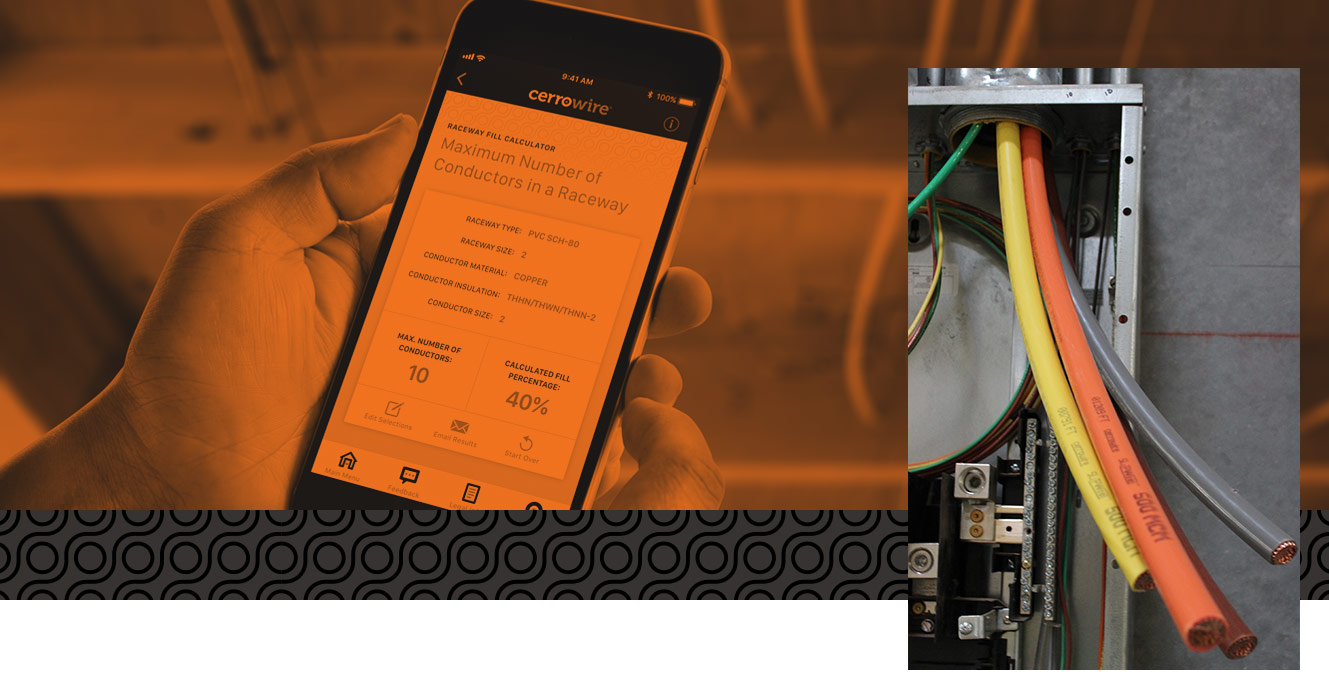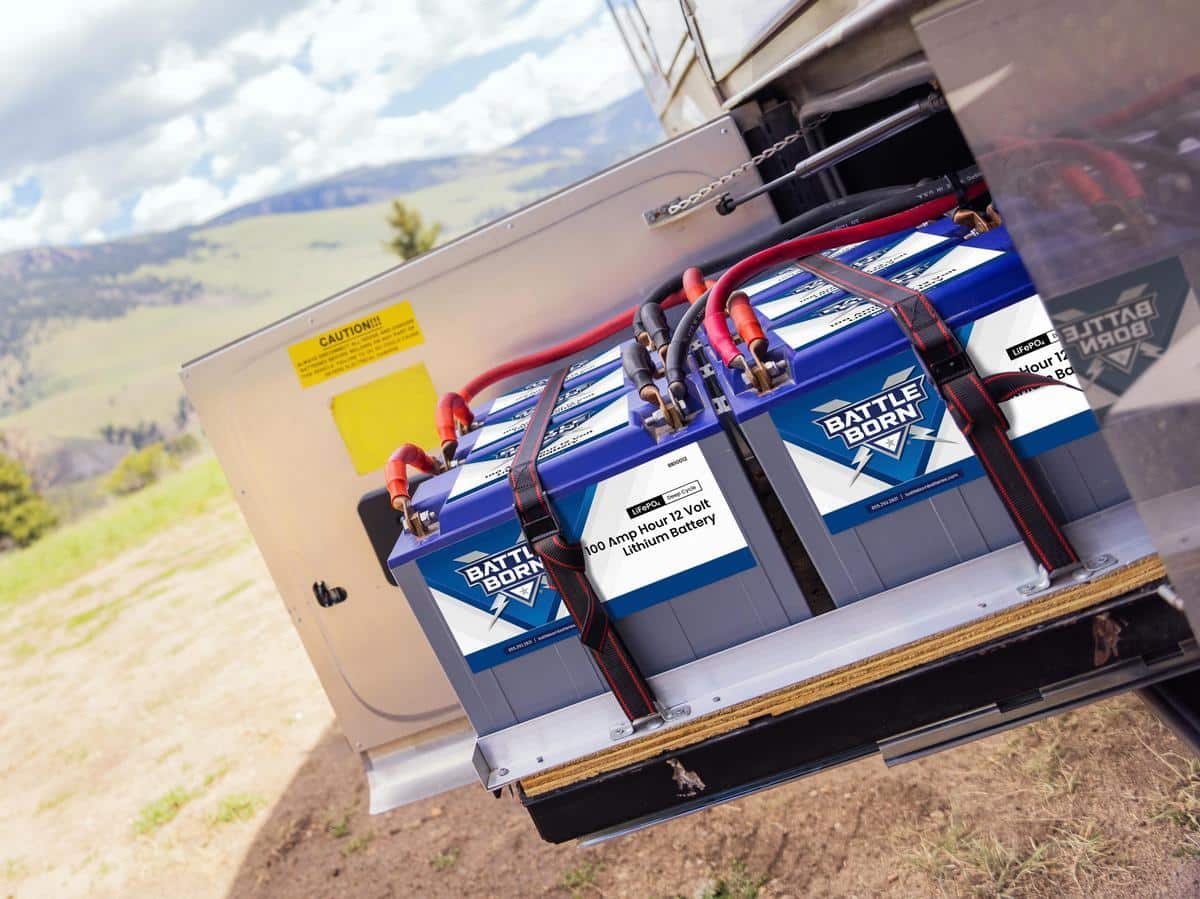I'm a glutton for punishment after the failure I had using a cheap deep cycle lifepo4. Is there any reason why this "dual purpose" battery wouldn't work for a single battery setup in our 190?
Amazon.com
I'm willing to spend some money for a single lithium if it will work with our stator setup. The flooded lead acid battery I bought just isn't powerful enough for me to run our 12v cooler and stereo with a small amplifier floating all day and I don't want the weight or wiring of a dual battery setup. The stereo distorts on the ride home from a lack of amps. Anyone willing to educate me? The problem with the cheap deep cycle lifepo4 I used was that the BMS would cut all power from battery while the boat was running at full charge and the boat would surge and the stereo and electronics would freak out without a battery in the circuit.
Summary; There are three main advantages to LFP batteries, performance, longevity and half the weight of a lead acid battery. The longevity is what makes LFP batteries cheaper by far than even the most inexpensive FLA battery over their service life, quality LFP batteries have a minimum of a 10 year warranty most are 11 years, and if the battery doesn’t work correctly then you don’t get the performance either. So unless you are willing to spend the money on a quality LFP battery stick with an inexpensive FLA battery or an inexpensive AGM battery.
I’m not sure if you are the member I am thinking about, but there was a guy who had a similar problem as you do, and I thought I responded to that guy as well, regardless, the inexpensive LFP batteries can have issues like this, it is the BMS that causes issues.
The next thing you need to do is install a Victron Energy Smart Shunt / battery monitor so you KNOW what the state of charge is in your battery and how much draw your devices have. ANYthing less is just a guess.
You may not “want” the weight of a dual battery set up, but it is in fact what you are probably going to need based on your description, but, with LFP batteries the weight of two will be less than one FLA or AGM battery. Speaking of weight, to get the same performance out of a lead acid battery, you would need five times the weight of lead acid batteries to get the same performance as a LFP battery.
Again, without knowing what the energy demands are it is impossible to determine the sizing of your batteries for you purpose. The 12V cooler, which is an awesome device to have, probably draws around 5 amps, but, it should not be constant all day, unless stuff was put in there that was not pre cooled. The other thing that just came to mind is, do you have an onboard charger that you plug in after every outing? This is crucial in getting any decent performance out of your lead acid battery, or LFP battery.
So, my suggestion to you would be to go to a two battery set up, have a dedicated lead acid / FLA start battery and a LFP house battery. The lead acid battery will give the alternator some place to put some current while running even when fully charged as the alternator puts out 14.4 volts. Install a BEP marine two battery switch with DVSR, and hook the DVSR hot wire up to your fuel pump hot wire for automatic and trouble free operation, you will need to do this with the LFP house battery otherwise the DVSR will always be closed due to its 13.6 resting voltage. A group 24 LFP house battery would probably be enough power for your house needs while on the water, but why not put in a 100ah if you can.
A single Dakota Lithium group 24 dual purpose LFP battery would probably work for a single battery operation for your boat, again, put in a Victron shunt so you know what is going on with your battery. Some folks are running two LFP batteries with the aforementioned BEP marine battery switch and either running the DVSR hot wire to a relay off the key switch, rocker switch, or the most elegant is running it off of the fuel pump hot wire. The big advantage for you with dual LFP batteries is that two group 24 LFP batteries will be slightly less weight than a single FLA battery, and you will have at least twice the storage capacity if not three.
While I mentioned the Dakota Lithium dual purpose battery as it is a rated starting battery, I will only recommend Battle Born batteries. One member here installed two group 27/31 Battle Born 100Ah batteries in his boat, one for starting and one for the house, even though the BB are not rated as a starting battery, the draw of the starters on our engines is well within the performance envelope of the BB battery and that member reported to me that he has had great results with that set up.





